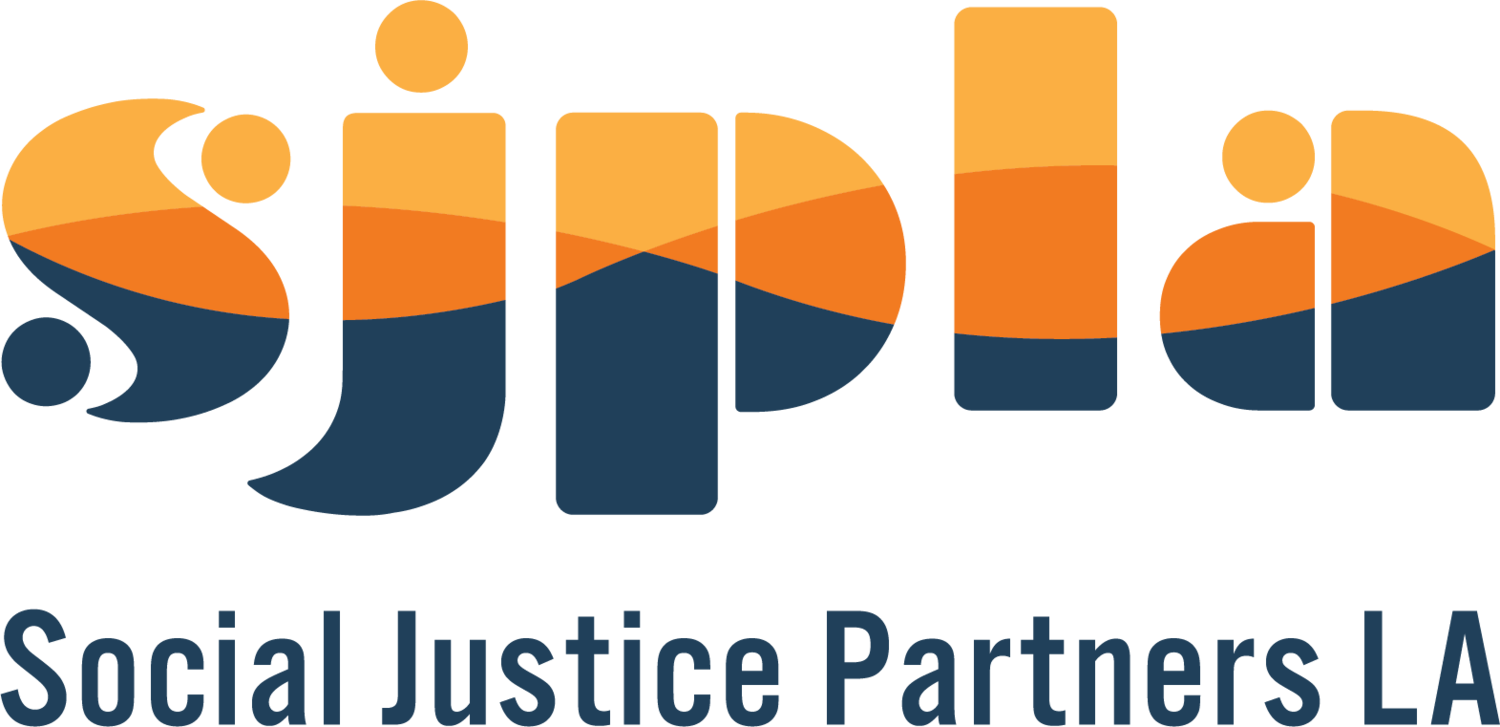
Achieving Living Wages in L.A. County’s Homeless Response Sector
Lessons from Living Wages in Los Angeles County’s Homeless Response Sector
A valued and supported workforce is at the core of a strong homeless response sector. Investing in living wages reflects a commitment to a just and effective system.
The Current State of the Homeless Response Sector Workforce
LA County Homeless Sector Workers are Not Being Paid a Living Wage
As it stands, the current pay structure for workers in L.A. County’s homeless response sector is inadequate, leaving many at risk of housing insecurity and perpetuating a system of injustice.
Families paying more than 30% of their income on housing needs are considered cost-burdened. According to the cost-burdened measurements and current housing costs in Los Angeles, workers should be earning a baseline of $64,000 to afford a 1-bedroom home or $82,000 per year for a two-bedroom home.
However, this does not take into account expenses such as student loan payments, savings, retirement, or unexpected medical bills. So in practice, people should be earning even more to account for these costs.
“Importantly, all these estimates could be even higher if the physical, emotional, and mental costs of working in the homeless response sector, as well as safety concerns for certain occupational positions, particularly frontline workers, were taken into account” (Abraham, Hunter, Matthews, & Sizemore, 2023, p. 8).
“[w]e are the community we serve. . . . To have people sit on one side of the desk helping people address housing crisis, and they are in their own housing crisis because rents have outpaced salaries, it’s ridiculous and not appropriate.”

LA is suffering the consequences of low wages
Low wages lead to high turnover, destabilized workplaces, and decreased quality of care for the people experiencing homelessness, ultimately hindering the sector's effectiveness.
Financial, emotional, and health burdens on workers…
become turnover
less continuity of care
longer time to get housed
worse client outcomes
higher rates of homelessness
“Worker turnover is a particularly acute issue that affects their clients in turn. Anecdotal evidence suggests that some tenants receiving assistance have cycled through as many as six or seven case managers in Los Angeles County. Black tenants, in particular, are more likely to be back in a shelter or on the streets, in large part because of high case manager turnover” (Abraham, Hunter, Matthews, & Sizemore, 2023, p. 5).
higher costs to recruit
rehire
train
build new relationships with clients
understaffed organizations
larger workloads to cover the gap
Racial Injustice in the Homeless Response Sector
The current system disproportionately impacts Black and Brown workers, perpetuating racial inequity within the sector and the communities it serves.
Our efforts to end homelessness rely on the exploitation of Black and brown workers who are systematically placed in low-wage jobs, carry the lion’s share of the burden, and are often housing insecure themselves.
When SJPLA collected applications for the Wellbeing Fund for LA’s homeless response sector workers, 64% of the respondents make under $50k.
The data also showed a significant wage gap by race. 32% of the respondents were Black but of the workers making the lowest pay range (under $15/hour) Black workers make up 50%
Barriers to a Living Wage
Outdated cost estimates and insufficient funding from private and government funders contribute to the inability of organizations to provide a living wage for their workforce, perpetuating a cycle of low pay and high turnover.
“… reimbursement rates in Los Angeles County were established more than five years ago and have not been raised since then, which, in turn, limits an organization’s flexibility to increase worker pay” (Abraham, Hunter, Matthews, & Sizemore, 2023, p. 13).
“Outdated cost estimates and insufficient funding from private and government funders contribute to the inability of organizations to provide a living wage for their workforce, perpetuating a cycle of low pay and high turnover.” - Celina Alvarez the Executive Director, Housing Works

Pathway to a True Living Wage and a Stronger Sector
A Path to Justice, Equity, and Dignity for Workers
Benefits of a Living Wage
A living wage leads to improved worker lives, morale, recruitment, and retention, resulting in better care for people experiencing homelessness and a stronger community overall.
“Evidence from comparable sectors reinforces the positive spillover effects of higher pay, including reduced employee turnover, improved worker productivity, and better client outcomes… This suggests that higher wages have direct benefits for the population being served, which could be applicable to the homeless response sector” (Abraham, Hunter, Matthews, & Sizemore, 2023, p. 5).
LA’s homeless sector does not live in a vacuum. Calls for a living wage and better working conditions are being echoed across the labor market including the Writers Guild of America (WGA) and LAUSD classified workers who won a 30% salary increase.
Funders can support Living Wages
Funders can contribute by funding worker cost-of-living wage increases, adding flexibility to contracts and grants, reducing administrative burdens, and investing in further research on pay and equity in the sector.
Cover the full cost of providers’ work
Funders are enabling the unsustainable approach of asking organizations to do more with less and expecting them to make up the difference. Contracts could annually update real costs of rates and case management ratios, to account for inflation.
Include funds for worker cost-of-living wage increases in contracts and grants
Wage increases for cost-of-living expenses for staff could be built into multi-year grants.
Cut red tape and increase flexibility
Restrictive funding leave organizations unable to cover the cost of doing business in Los Angeles. Duplicative reporting requirements add to frustration and employee burnout. Funders can reduce restrictions on the use of funding and cut red tape to allow organizations to focus on the work and decide where best to allocate resources.
Setting and Updating a Living Wage Floor
The sector has a history of driving innovation: from acting with urgency to keep people safe during COVID, to breaking ground on new supportive housing buildings and funding new shelter types to bring people inside safely.
Working together, funders, organizations, workers, and the sector as a whole should establish and regularly update a wage floor that provides a true living wage for workers, ensuring fair compensation and a strong foundation for the future.
“A living wage is not just the right thing to do for our staff but it is imperative for the health of our sector. Funders can help us by covering the true costs of our services, increasing flexibility, and making multi-year funding commitments.” - Mark Loranger, President & CEO, Chrysalis
Building a More Just and Effective Homeless Response Sector
Together, we can create a sector that values its workforce, addresses racial inequity, and better serves those experiencing homelessness, ultimately leading to more stable and effective outcomes.
Acknowledgments and Context
The conclusions and recommendations in this presentation are drawn from the report "Living Wages in L.A. County’s Homeless Response Sector" by Lisa Abraham, Sarah B. Hunter, Samantha Matthews, and Alex Sizemore of the RAND Education & Labor Division. This report was commissioned by Social Justice Partners Los Angeles (SJPLA) our effort to invest $3M in the care and retention of workers in the homeless response sector.
SJPLA’s mission is to invest in, expand, and connect communities advancing racial and social justice. Core to that mission is investing in the people in the field, doing the work for justice. We believe our organizations should model the justice we advocate for in the communities we serve. We strive to spread models of liberatory workplaces, which include paying a living wage and creating conditions where workers can thrive.










